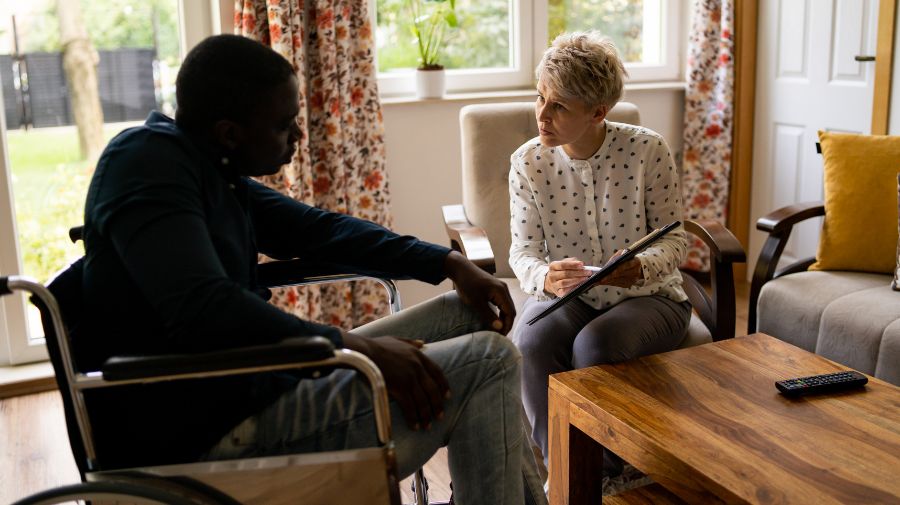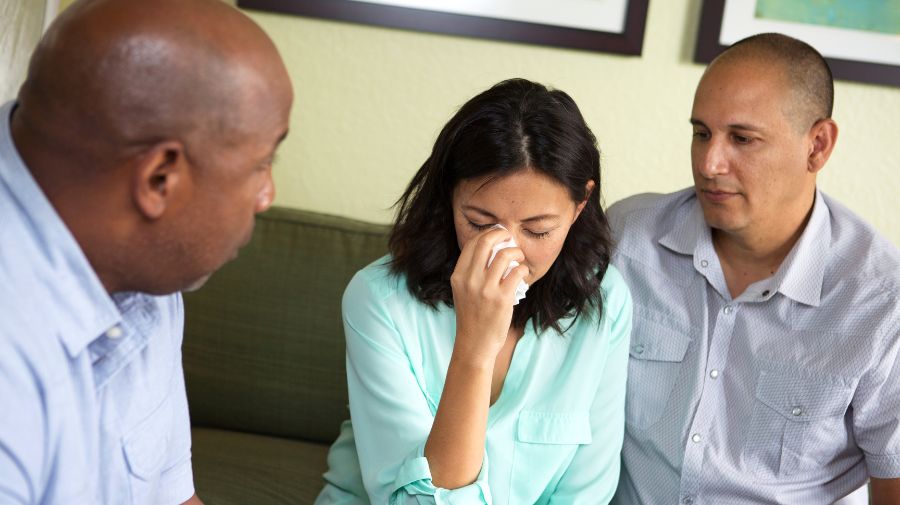Addressing mental health deserts in rural America

Everyone needs access to mental health care, but for many people living in rural America, it’s still out of reach. Across the country, about 65% of rural counties have no psychiatrists, and 81% have no psychiatric nurse practitioners. These areas, often called “mental health deserts”, highlight an urgent challenge, but also a chance for therapists to lead critical change.
What are mental health deserts?
There are 570 U.S. counties with no psychologists, counselors, or psychiatrists. In these “mental health deserts,” the demand for care far outweighs the number of people who can provide it. For rural residents, accessing even basic care has become an uphill battle, exacerbating mental health disparities.
The numbers paint a bleak picture:
- Provider shortages dominate the narrative, with only 3.5 psychiatrists per 100,000 rural residents compared to 13 per 100,000 in urban areas.
- Geographic isolation alone places over 60% of rural Americans in designated mental health professional shortage areas.
Beyond sheer numbers, the nature of life in rural communities, marked by close-knit social networks, economic hardship, and a culture of self-reliance, creates unique challenges for mental health care delivery. Stigma, in particular, remains pervasive, discouraging many from seeking help at all.
Barriers to rural mental health care
Several structural and cultural impediments contribute to the persistent gaps in rural mental health care. They’re often called the “four A’s”:
1. Accessibility
Access to care means more than just listing services; it’s about the ability to physically reach them. For rural residents, options are alarmingly limited. Long travel distances often force individuals to drive several hours to the nearest clinic. Without access to transportation, mental health services remain out of reach for many.
Telehealth has emerged as a powerful tool, offering virtual consultations that eliminate the need for travel. However, this solution hits a snag in areas lacking broadband infrastructure. About 28% of rural Americans report no reliable home broadband, which directly hampers their ability to access teletherapy or even search for resources.
2. Availability
There just aren’t enough providers in rural places. Over 70% of rural counties don’t have a single psychiatrist. Clinics are limited, and it’s common to end up on a waitlist for months, delaying much-needed care.
For children and older adults, the situation is even more dire. Nearly one in four rural children live below the poverty line, facing higher incidences of mental, behavioral, or developmental disorders. And for adults over age 65, suicide rates are often nearly double what they are in cities.
3. Affordability
Financial barriers compound accessibility challenges. Residents in rural areas are more likely to be uninsured and struggle to afford out-of-pocket costs. Medicaid reimbursement rates for mental health services are often too low to attract or retain providers in these regions, further weakening local mental health infrastructure.
4. Acceptability
Stigma casts a long shadow across rural mental health. Many in closely-knit, small-town communities fear judgment for seeking care, viewing mental illness as a weakness rather than a legitimate health need. For people grappling with anxiety, depression, or trauma, this stigma heightens feelings of shame, silence, and invisibility.
Therapists can still make a difference
Despite these barriers, therapists have an opportunity to lead efforts in rural mental health care. By adopting innovative approaches, building community trust, and advocating systemic change, therapists can help bridge the gap and create lasting impact.
Teletherapy as a lifeline
Telehealth can transform care for rural areas. It makes therapy accessible to clients who might otherwise forego care due to distance or logistical hurdles. If you’re a therapist, offering online sessions with HIPAA-compliant platforms means more people can get help.
Beyond reducing travel-related barriers, teletherapy also addresses stigma by allowing clients to attend sessions from the privacy of their own homes.
But not everyone has good internet. Therapists should join with others to push for expanded broadband in rural places and look for creative solutions, like phone sessions when needed.
Engaging local communities
Building trust is essential in rural settings, where mental health care might face cultural resistance. Therapists can become community allies by partnering with local organizations, religious institutions, and schools to normalize conversations around mental health. Hosting workshops, delivering public education, and providing group therapy sessions in non-traditional settings, such as churches or community centers, can dissolve stigma and improve outcomes.
Speak up for change
Advocacy for rural mental health services requires therapists to champion the larger system changes necessary for sustainable progress. Key priorities for advocacy include:
- Expanding Medicaid reimbursement rates to incentivize mental health practice in rural areas.
- Supporting student loan forgiveness programs that encourage new mental health graduates to work in underserved communities.
- Advocating policy changes to fund integrated care models that combine primary and mental health care resources.
Investing in rural-specific mental health models, such as school-based health centers, is another proven method to prevent severe mental health crises before they escalate.
Keep learning and leading
Specializing in rural telehealth strategies, cross-cultural sensitivity, and trauma-informed care can better equip therapists to meet the unique needs of residents in underserved areas. There are toolkits available to implement mental health programs in rural locations, including this one from SAMHSA.
Additionally, sharing real-world examples of successful interventions across professional networks fosters collaboration and knowledge-sharing, empowering other mental health providers to address similar challenges in their regions.
Be the change in mental health deserts
Addressing mental health deserts demands courage, commitment, and creativity. For therapists, it’s an opportunity to lead, not only as clinicians but as educators, advocates, and solution-builders. If you’re a therapist, you have the power to help, by offering online services, working with local groups, speaking up for better policies, or simply starting the conversation. You can fill critical gaps in care and ensure that no one is left behind.
The road ahead may not be easy, but every small step taken by a dedicated professional brings us closer to a rural America where everyone can thrive.






